Exporting agricultural products to Australia: conquering the strict market
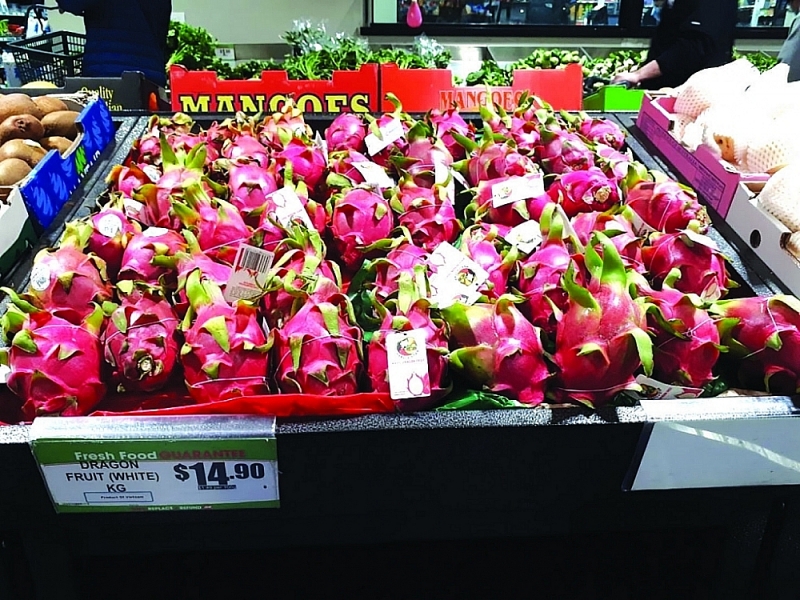 |
| Only four types of Vietnamese fresh fruit, including mango, longan, lychee, and dragon fruit, are exported to Australia. |
Difficulty identification
Assessing the Australian market, Vu Huy Phuc, Deputy Head of Market and Sector Research at the Institute of Policy and Strategy for Agriculture and Rural Development (MARD), said that in 2022, the export turnover of Vietnam's agricultural, forestry, and fishery products to Australia had reached US$845 million. The average growth rate of export turnover was 9%/year from 2009 - 2022. The strongest growth was in aquatic products, followed by vegetables and fruits thanks to the market opening. In contrast, Vietnam has imported many agricultural products from Australia. Vietnam's agricultural, forestry, and fishery imports from Australia in 2022 was US$2.7 billion. The growth rate of Vietnam's imports from Australia reached 32.6% per year (2009 - 2022).
"The number of Vietnamese communities in Australia is large, and the demand of Australians for Vietnamese products (fruits, spices...) is also increasing. Besides, agricultural products between the two countries do not have the same type of overlap as neighbouring countries (in terms of fruit, Vietnamese fruit is a tropical fruit, and Australia is temperate fruit). Additionally, Vietnam and Australia are members of many bilateral and multilateral FTAs. These are favourable conditions for Vietnam to boost agricultural exports to Australia," said Phuc.
Besides the advantages, our country's agricultural products exported to this market are subject to great competition from other countries. For example, four types of fresh Vietnamese fruits, namely mango, longan, lychee, and dragon fruit, have been exported to the Australian market. Therefore, increasing export turnover is not easy. In addition, the scale of agricultural production in Vietnam is mainly small. Therefore, traceability, quality control, and food safety are still limited.
Meanwhile, Australia is considered one of the most demanding markets in the world, with many requirements for high product quality standards and strict import processes. In this market, technical barriers, labelling requirements, food hygiene, and safety are very strict; some standards are even higher than those of the US and EU. Australia also requires many import regulations such as tax policy and tax rates; regulations on packaging and labels; regulations on food hygiene, safety, and quarantine; intellectual property rights; trademark; and business practices. This is also a market with abundant domestic agriculture. Thus, if Vietnamese exporters want to penetrate the Australian market, they must prioritise product quality instead of price. Additionally, Australian consumers focus on packaging, designs, and brands.
How to increase export turnover?
Assoc.Prof.Dr. Nguyen Anh Thu, Vice-Rector of the University of Economics (Vietnam National University, Hanoi), said that both Vietnam and Australia had advantages regarding commercial transport routes by water and air, facilitating two-way trade. Besides, Vietnam and Australia are common members of at least three free trade agreements (FTAs), including the ASEAN-Australia-New Zealand FTA (AANZFTA), the CPTPP, and the Regional Comprehensive Economic Partnership (RCEP). This significantly reduces barriers to two-way trade in agricultural products between Australia and Vietnam.
However, Thu pointed out that the Australian market's demand was low for Vietnamese agricultural products, possibly, partly due to a matter of taste. Subjectively, the quality of Vietnamese agricultural products is not high and has not met Australia's requirements and import regulations, and the brand value is not strong. In addition, businesses and farmers do not understand the commitments of the FTAs, and they have to compete fiercely with other trading partners of Australia, such as the US, China, New Zealand, and Thailand.
"To promote agricultural exports to the Australian market, authorities need to strengthen information about the FTAs and their non-tariff benefits. Simultaneously, widely disseminate information about the Australian market aimed at exporters, processors of agricultural products, and farmers. Furthermore, businesses need to pay more attention to frozen agricultural products and research to export frozen fruit products because export licenses do not bind them. In particular, although Australia has not applied Vietnamese agricultural products to trade remedies, more attention should be paid to this issue in the future. Therefore, the Government, business associations and businesses need to unite and support each other to deal with and help Vietnamese products reach the global market in general and the Australian market in particular," said Thu.
For a potential but "fastidious" market like Australia, experts said that businesses needed to strengthen control over the quality of planting and rearing areas, complete the system of registration, assessment, and granting of codes for growing areas, farming areas, packing, preliminary processing, and processing establishments. Authorities also need to develop programs to support brand development and trademark protection for agricultural products exported to Australia. Strengthen trade promotion activities connecting trade for businesses of the two countries and promote digital transformation in agricultural production and trade.
Simultaneously, Vietnamese businesses need to pay more attention to product packaging, ensuring product quality, especially chemical regulations, and focusing on customs clearance and packing to ensure the best transit time to keep the goods fresh. Moreover, there needs to be smooth coordination between stages, from the supply, exporter, and transport, to the importer and distributor, to maintain a good supply chain and avoid disruptions. Another issue that domestic enterprises also need to notice is to study more frozen and processed products instead of exporting raw, low-value products only.
Related News
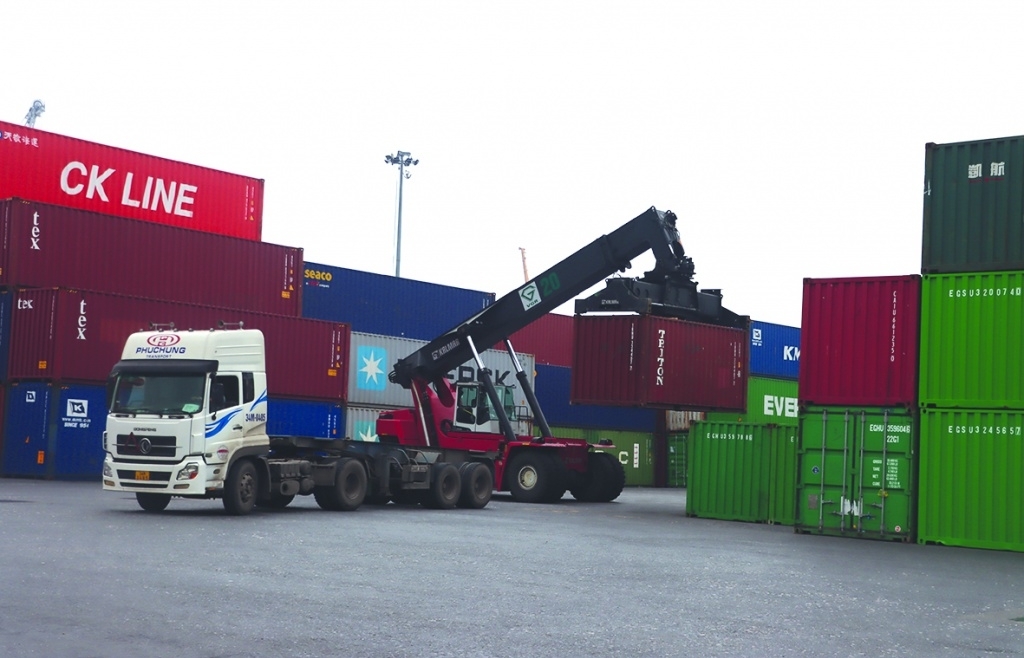
Vietnam kicked off the year with a strong start in trade, exceeding US$63 billion in the first month
16:30 | 15/02/2025 Import-Export
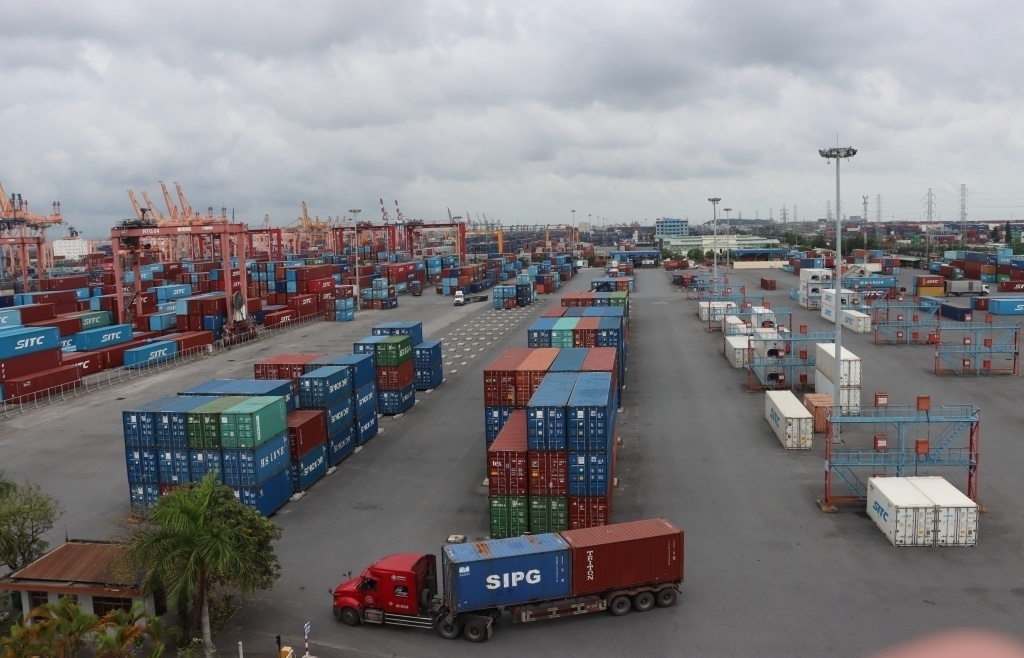
Exports witness a rise of US$1 billion in the first 15 days of 2025
07:49 | 12/02/2025 Import-Export
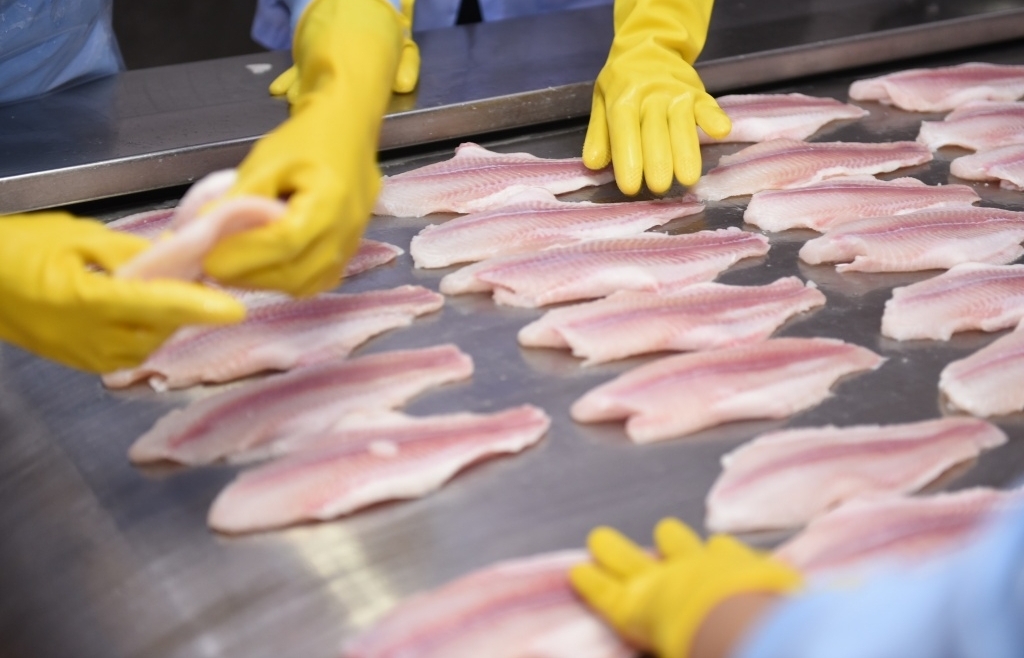
US or China: Who will lead in Vietnamese Tra fish imports?
10:11 | 11/02/2025 Import-Export
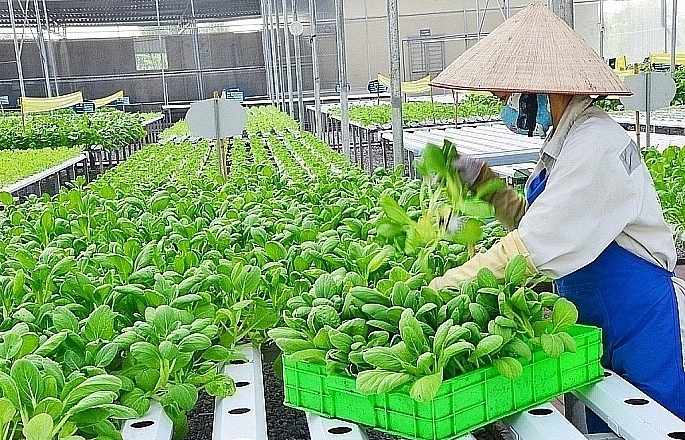
Hanoi: Maximum support for affiliating production and sustainable consumption of agricultural products
09:43 | 25/12/2024 Import-Export
Latest News

Embracing green exports: a pathway to enter global supply chains
10:33 | 20/02/2025 Import-Export

New policy proposed to prevent transfer pricing, tax evasion of FDI enterprises
10:32 | 20/02/2025 Import-Export
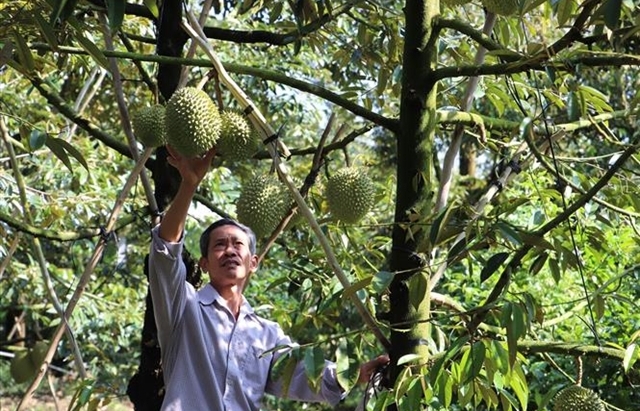
Việt Nam’s durian exports to China plummet by 80%
16:18 | 19/02/2025 Import-Export
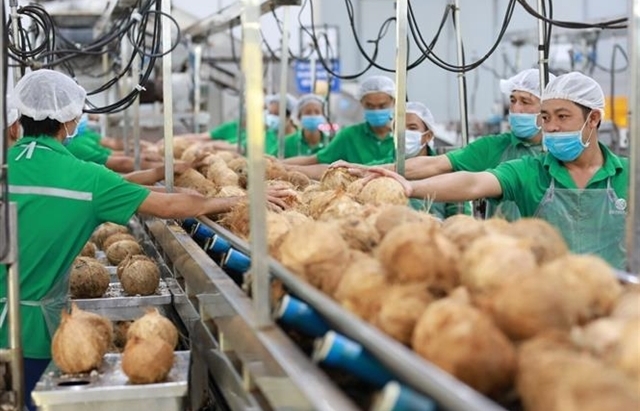
Coconut exports reach 14-year high
15:29 | 18/02/2025 Import-Export
More News

Shrimp exports grow in the first month of 2025
15:28 | 18/02/2025 Import-Export
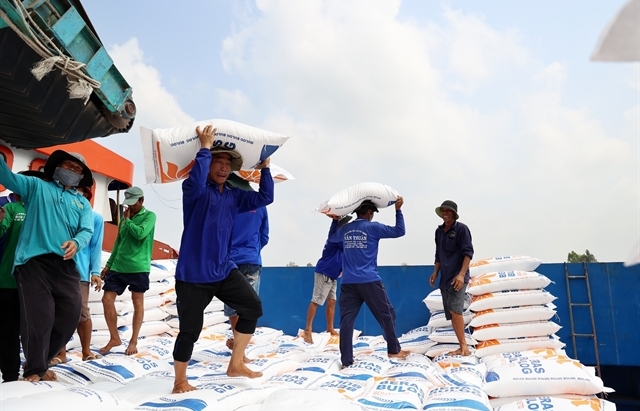
Rice export prices drop, but decline expected to be short-term
08:10 | 17/02/2025 Import-Export
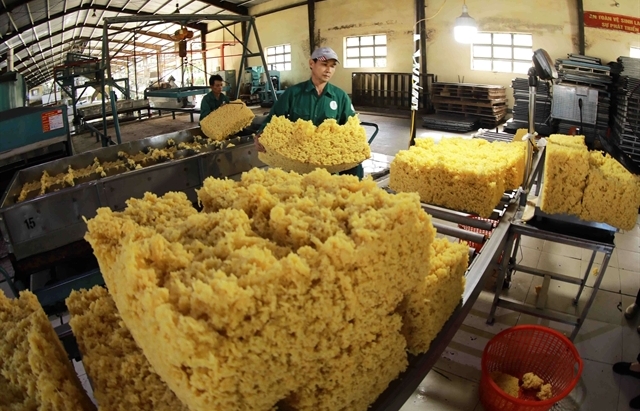
Key agro products expected to maintain export growth this year
08:08 | 17/02/2025 Import-Export
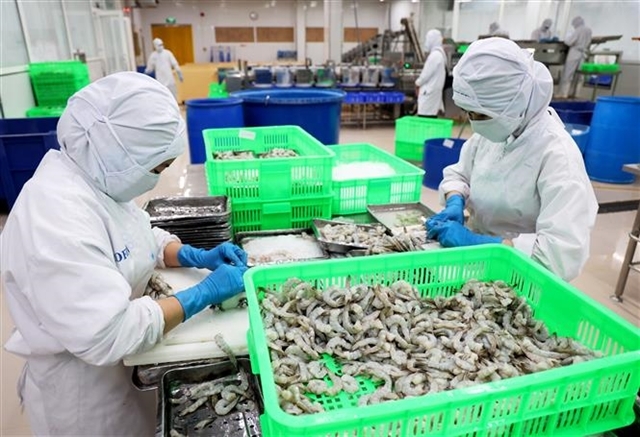
EU issues 12 warnings against Việt Nam’s food and agricultural exports
08:07 | 17/02/2025 Import-Export
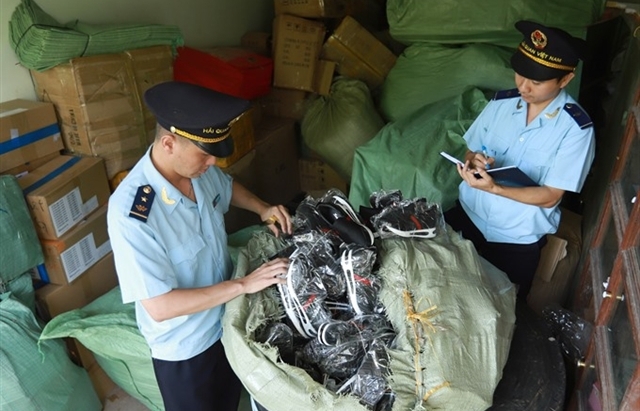
Việt Nam to impose VAT on low-value express-imported goods
08:06 | 17/02/2025 Import-Export

Exchange rate risks need attention in near future
16:31 | 15/02/2025 Import-Export
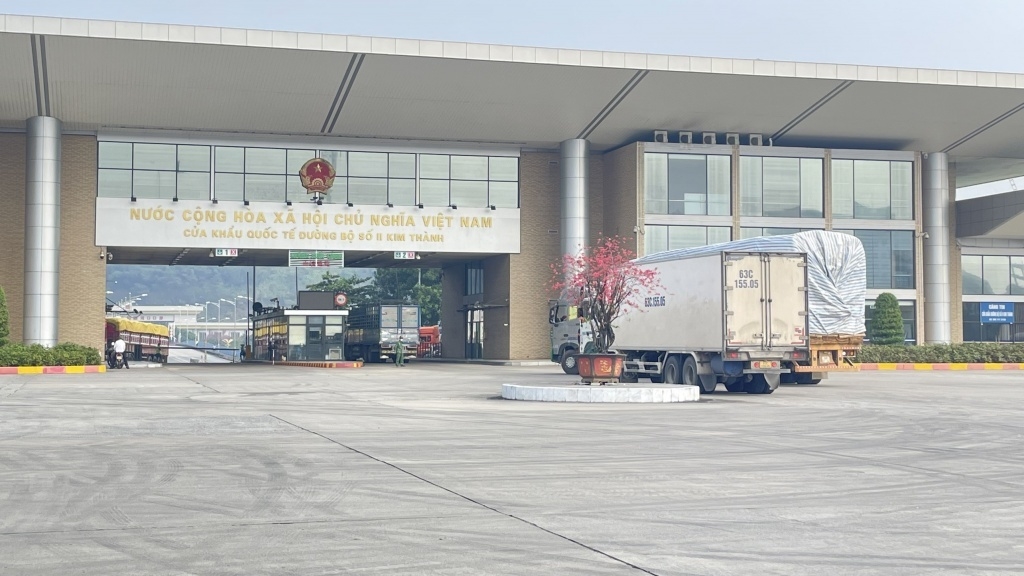
Import and export turnover reaches about US$29 billion in the second half of January 2025
14:52 | 14/02/2025 Import-Export

Market edges up slightly as liquidity remains low
14:48 | 14/02/2025 Import-Export

Business regulations must be trimmed for development of enterprises: Experts
14:46 | 14/02/2025 Import-Export
Your care
The system has not recorded your reading habits.
Please Login/Register so that the system can provide articles according to your reading needs.

Embracing green exports: a pathway to enter global supply chains
10:33 | 20/02/2025 Import-Export

New policy proposed to prevent transfer pricing, tax evasion of FDI enterprises
10:32 | 20/02/2025 Import-Export

Việt Nam’s durian exports to China plummet by 80%
16:18 | 19/02/2025 Import-Export

Coconut exports reach 14-year high
15:29 | 18/02/2025 Import-Export

Shrimp exports grow in the first month of 2025
15:28 | 18/02/2025 Import-Export
